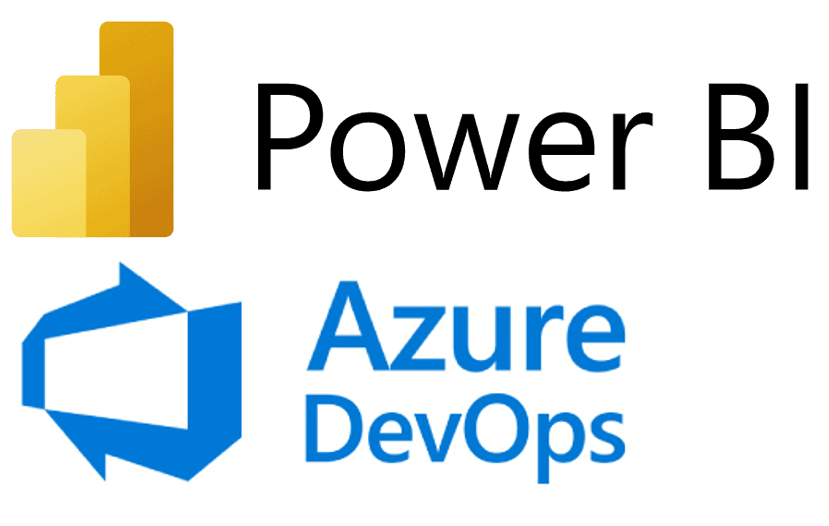AI Gateway: A new era for AI integrations on enterprises
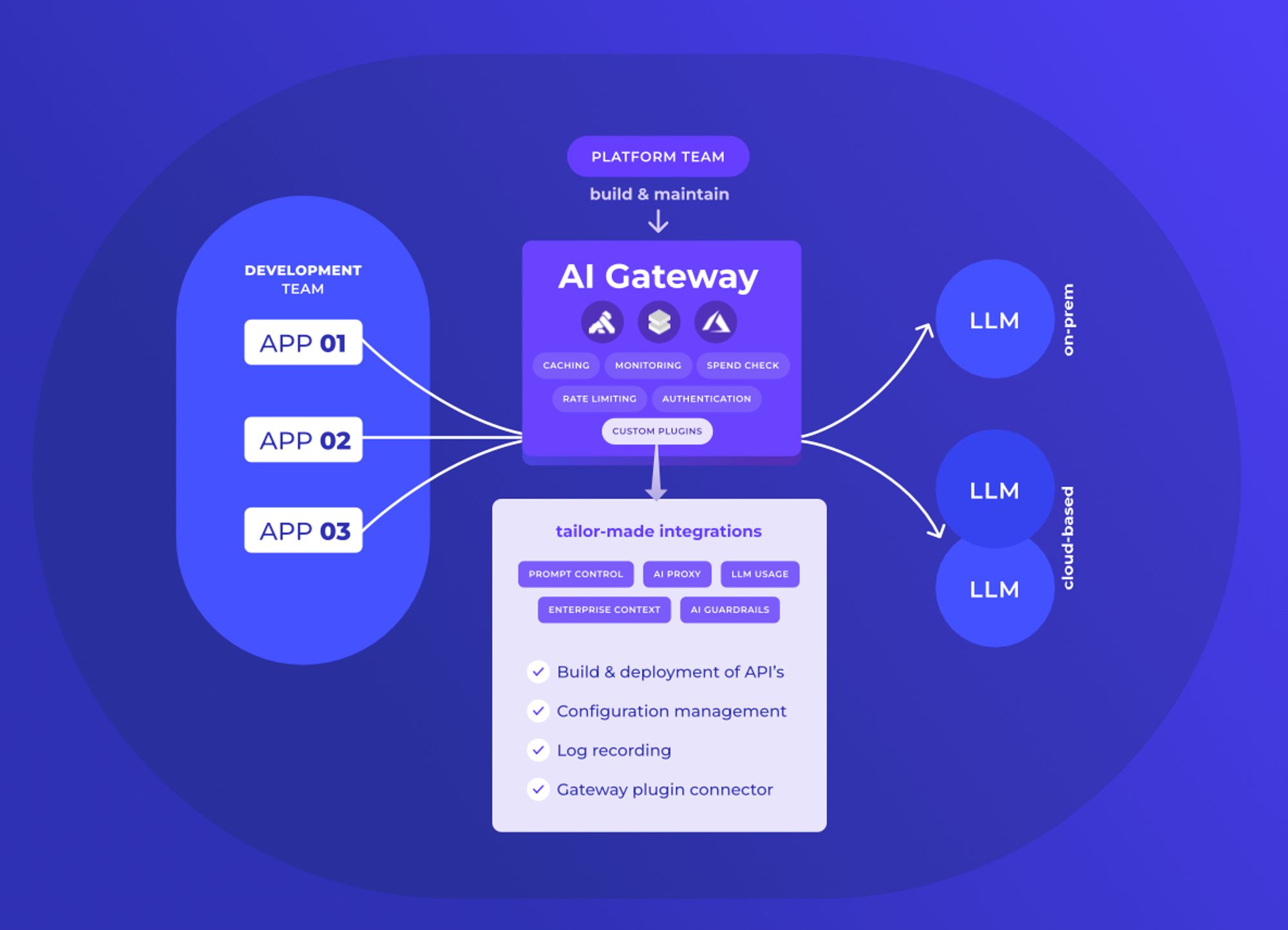
The rise of AI gateways marks the start of an exciting chapter for enterprises. Kicked off in 2023, this movement quickly gathered momentum and is reshaping how companies use AI today.
In this blog post, we’re diving into AI gateways, exploring the challenges businesses face as they adopt this technology and examining how engineering teams are crucial to a successful execution.
Our focus will extend beyond adoption, highlighting our approach to integrating AI gateways within enterprises.
In this post, we will cover:
- The Rise of General AI and the Need for AI Gateways
- Challenges in Enterprise AI Adoption
- What is an AI Gateway?
- Our Approach to AI Integration in Enterprises
- Beyond the AI Gateway
- In a nutshell
The Rise of General AI and the Need for AI Gateways
AI has been evolving rapidly, transitioning from a tool primarily for scientific research to a cornerstone of enterprise innovation. The advent of GPT has lead the way in a new era where select industries have successfully integrated general AI to drive significant business impact.
However, as enterprises strive to innovate, they encounter several challenges. The AI gateway has emerged as a strategic response to manage and mitigate these complexities effectively. Enterprises typically progress through stages in their AI journey—from initial proofs of concept using open AI technologies to adopting a portfolio of large language models, and finally, implementing AI gateways to manage these tools comprehensively.
Challenges in Enterprise AI Adoption
Large enterprises often grapple with several hurdles in their quest to integrate AI:
- Vendor Lock-In: Enterprises are cautious of becoming overly reliant on a single AI provider, which can limit flexibility and innovation.
- Access Control: Managing who can use AI tools and how they are used is crucial for maintaining security and operational integrity.
- Monitoring and Observability: Keeping tabs on AI performance and usage to ensure systems are running optimally and cost-effectively is essential.
- Governance: As AI applications scale, robust governance frameworks are needed to ensure compliance with regulations and internal policies.
- Prompt Security and Contextual Integrity: Safeguarding the prompts used in AI interactions to prevent misuse and ensure relevance and appropriateness is key.
Recognising these challenges, enterprises are increasingly turning to AI gateways as a solution to accelerate their AI deployments.
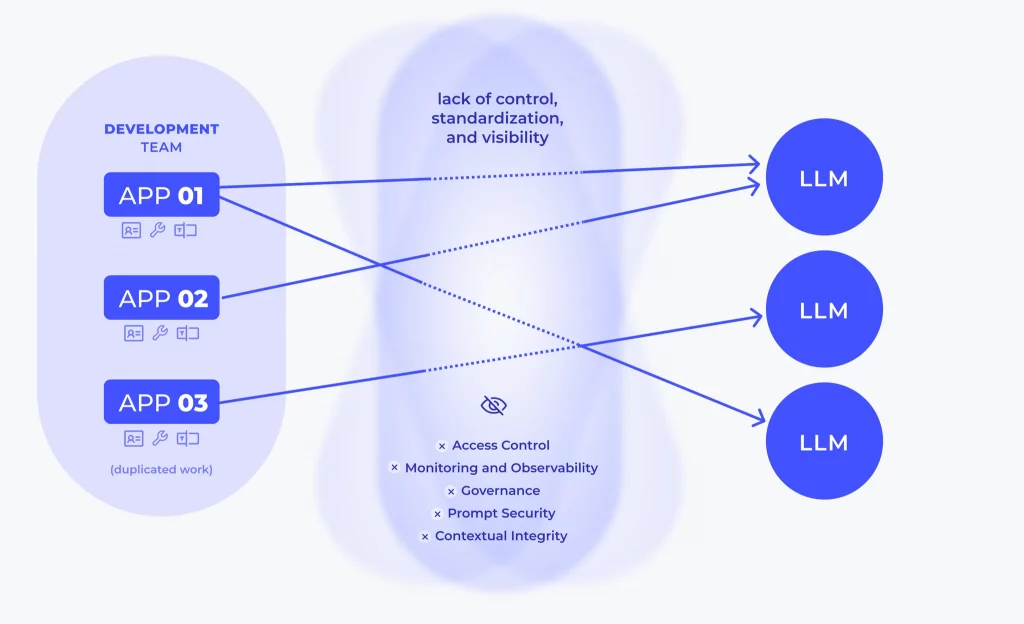
What is an AI Gateway?
An AI Gateway acts as a platform to enhance governance and control, allowing large organizations to deploy and manage AI services securely and efficiently. The components of an AI gateway include:
- Routing Requests: Directing AI queries to the appropriate services.
- Prompt Injection Protection and Policy Enforcement: Ensuring that interactions with AI systems adhere to established guidelines.
- Model Guardrails: Setting boundaries to AI behavior to prevent undesirable outcomes.
- Workflow for Model Registration and Approval: Establishing a process for introducing new AI models safely into the enterprise ecosystem.
Key Benefits of AI Gateways
- Governance: Ensuring AI interactions comply with regulatory and ethical standards.
- Standardization: Creating a uniform approach to managing AI interactions across various platforms and teams.
- Flexibility: Enabling enterprises to switch between different AI models while maintaining control. Enabling them to quickly adopt a new AI model.
- Resilience and Cost Efficiency: Balancing AI service loads to enhance performance and reduce expenses.
Our Approach to AI integration in Enterprises
At our core, synvert recognizes that successful AI integration is not just about deploying tools—it’s about creating an ecosystem tailored to the specific needs of the business. Our strategy involves:
- Product-Driven Development: Understanding and addressing the real-world needs of our customers, ensuring that the solutions we develop are both practical and effective. Adopting a model of continuous feedback and experimentation driven by real-world data.
- Custom Plugin Creation: Designing plugins that enhance the functionality of AI gateways, making them more adaptable to specific enterprise requirements.
Essential Components for Enhancing AI Gateways
- AI Guardrails
- Prompt Control and Management Systems
- Enterprise Context
- Metrics for LLM Usage
- AI Proxy for Model Support and API Abstraction
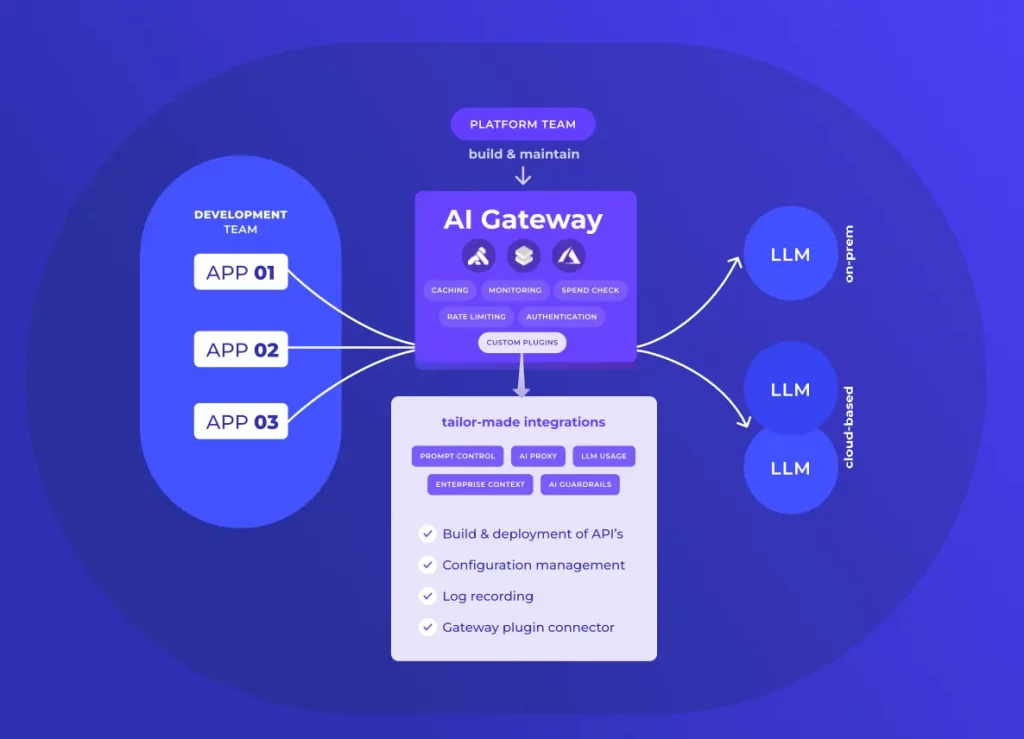
Get in touch with synvert to kick start your AI Gateway with a product-driven approach.
Beyond the AI Gateway
The AI gateway is a component of a larger, more complex platform. This structure is the serving layer that the development team uses. This layer is situated within a broader AI platform. This comprehensive platform is composed of several parts, including the AI gateway, the AI training system, and the database for storing and managing the data. Each of these components contributes uniquely to the successful operation of the AI platform, providing a structured and systematic approach to data processing and analysis.
Governance is deeply embedded within this system and extends across the entire Data Engineering Lifecycle. It begins from the initial stages involving data storage and goes on to cover AI training and the fine-tuning processes. This governance ensures that proper protocols and guidelines are followed throughout the process, maintaining the integrity and accuracy of the data.
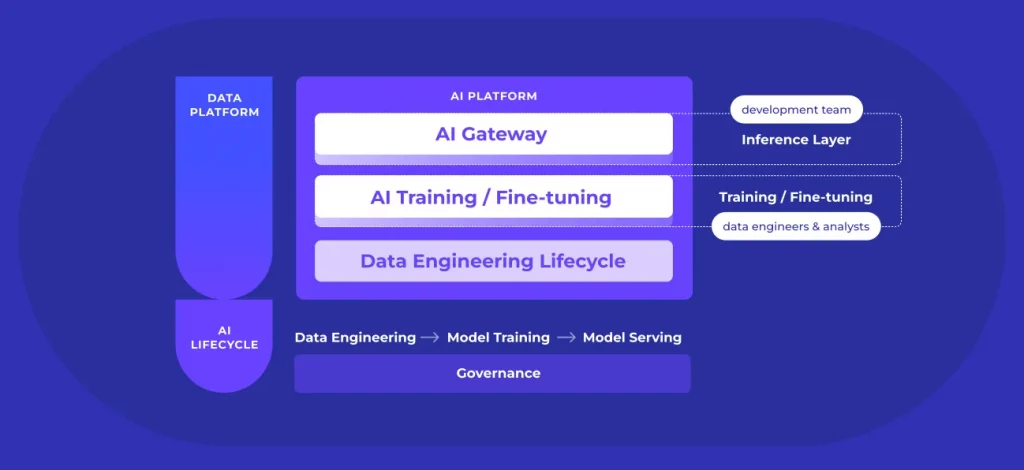
In a nutshell
AI gateways represent a significant advancement in how enterprises can leverage AI. By addressing the specific challenges of AI integration and providing a structured approach to deployment, AI gateways offer a promising pathway toward innovation.
Stay tuned for the second part of this series, where we will explore a detailed use case on implementing AI guardrails within an enterprise context.
Meanwhile, here’s an article that might interest you:
AI Agents 101 with AutoGen: Introducing Multi-Agent Conversations
Or, just get in touch with xgeeks to kick start your AI Gateway!
